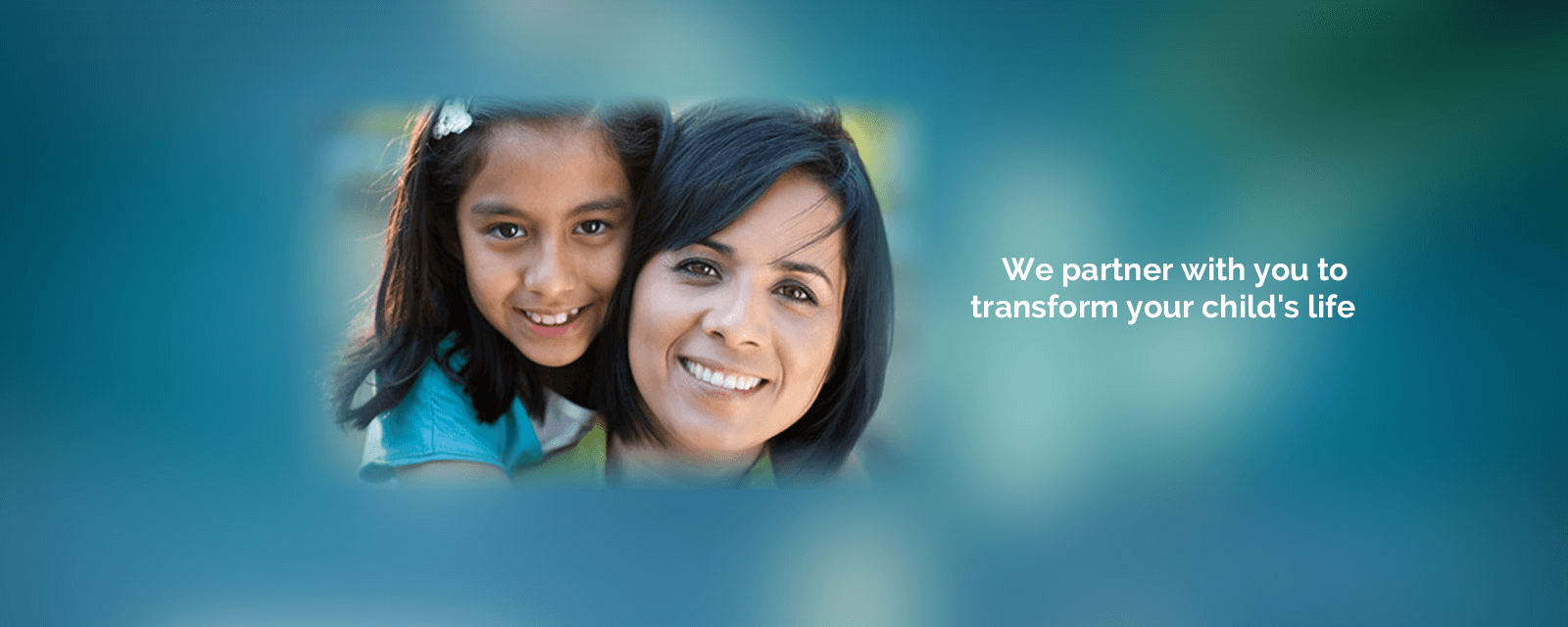The emotional and behavioral disorders can be primary psychiatric anomalies or may occur as a sequel of neurological issues. It’s imperative to identify them and treat accordingly.
The different types of behavior disorders are:
- Oppositional Defiant Disorder
- Conduct Disorder
- Attention Deficit Hyperactivity Disorder (ADHD)
- Intermittent Explosive Disorder
- Kleptomania
- Pyromania
Oppositional Defiant Disorder:
It is more common in boys than in girls. This disorder is found in every one in ten children under the age of 12 years of age. About five to fifteen percent school children have this disorder.
The behavioral symptoms of these children include frequent temper tantrums, child easily gets angered or frustrated. He/she gets easily into arguments with adults specially their parents.
They refuse to obey rules and usually have a low self-esteem and self- worth.
Attention Deficit Hyperactivity Disorder (ADHD):
About two to five per cent of children have this disorder. Boys outnumber girls by three to one.
The characteristic features of ADHD are: inattentiveness, impulsive and over activity.
The child has difficulty in concentrating on his/her daily work. They are easily distracted, forget instructions and move from one task to another without completing anything.
The child has a habit of talking over the top of others, has a short fuse and there is a tendency to be accident prone. The child is constantly fidgeting and restless.
Conduct Disorder :
About five percent of children in the age group 8 to 10 years have conduct disorder, with boys outnumbering girls by four to one.
They tend to have delinquent behavior and refuse to obey authority figures like their parents, teachers etc.
They have a tendency to use drugs from an early age. They show aggressiveness towards other people and animals and pick up fights easily. They show criminal tendencies such as stealing, breaking into houses and vandalism.
Treatment:
The treatment of the child depends on the type of disorder and factors contributing to it.
The basic therapies involved are:
Education of the parents– The parents are taught communication and problem solving skills which can help them in handling their child.
Cognitive behavior therapy– The child is taught to control his/her thoughts and actions.
Social training– The child is taught social skills; he learns to interact with his peers and elders and to cooperate with others. The child is encouraged to participate in extracurricular activities to build his self-esteem.
Relaxation techniques – The child is taught how to cope with situations which could lead to him/her getting frustrated or angered. Stress management is also taught.
Medication – Can be given to control impulsive behavior.



 Call us at
Call us at